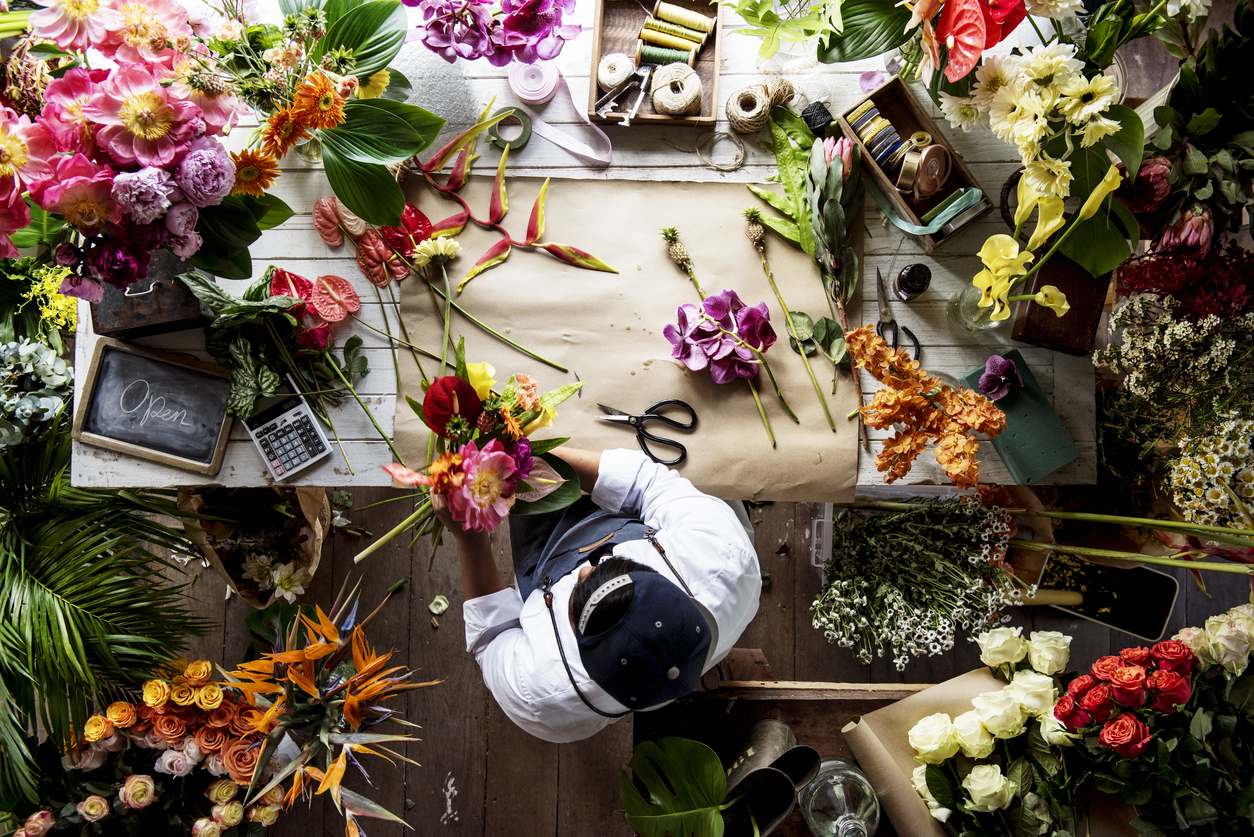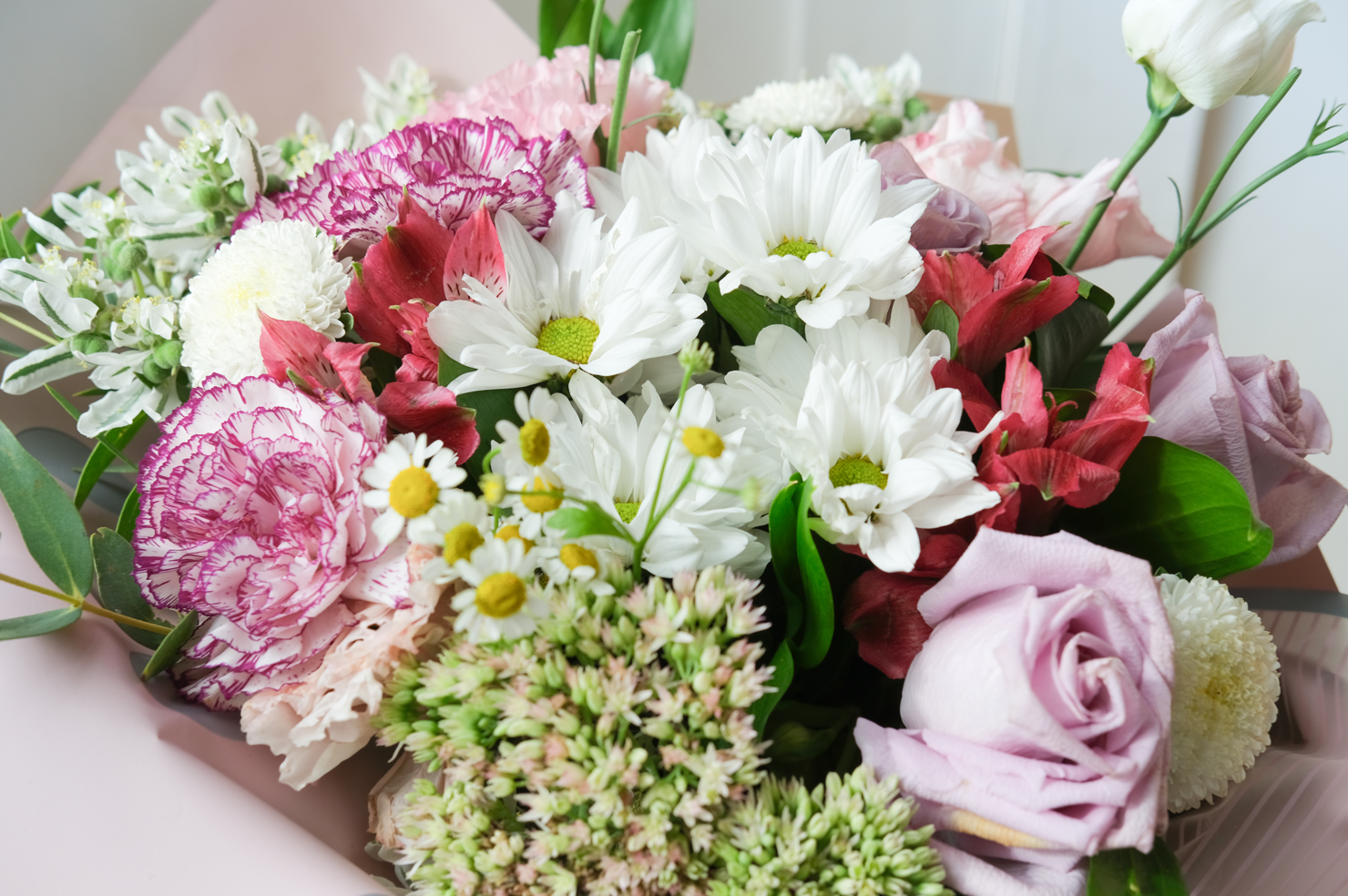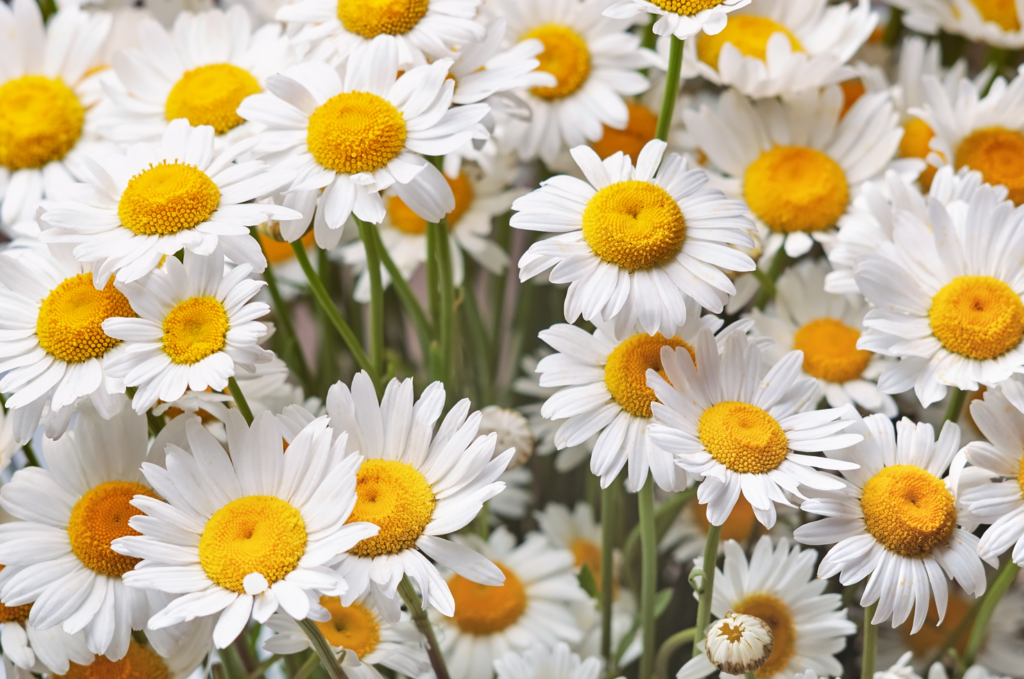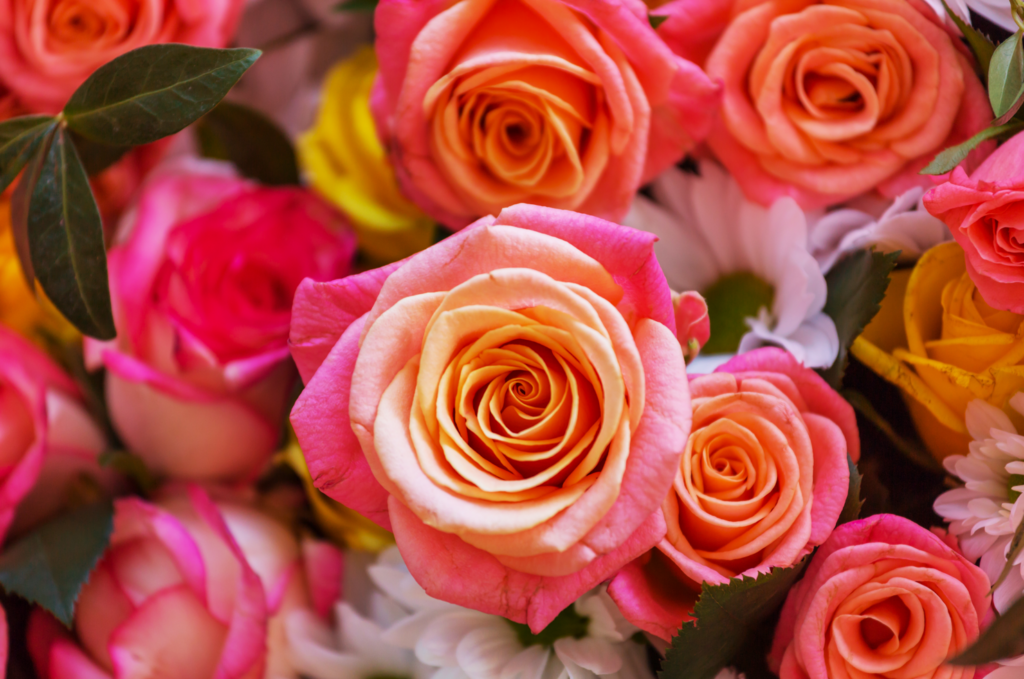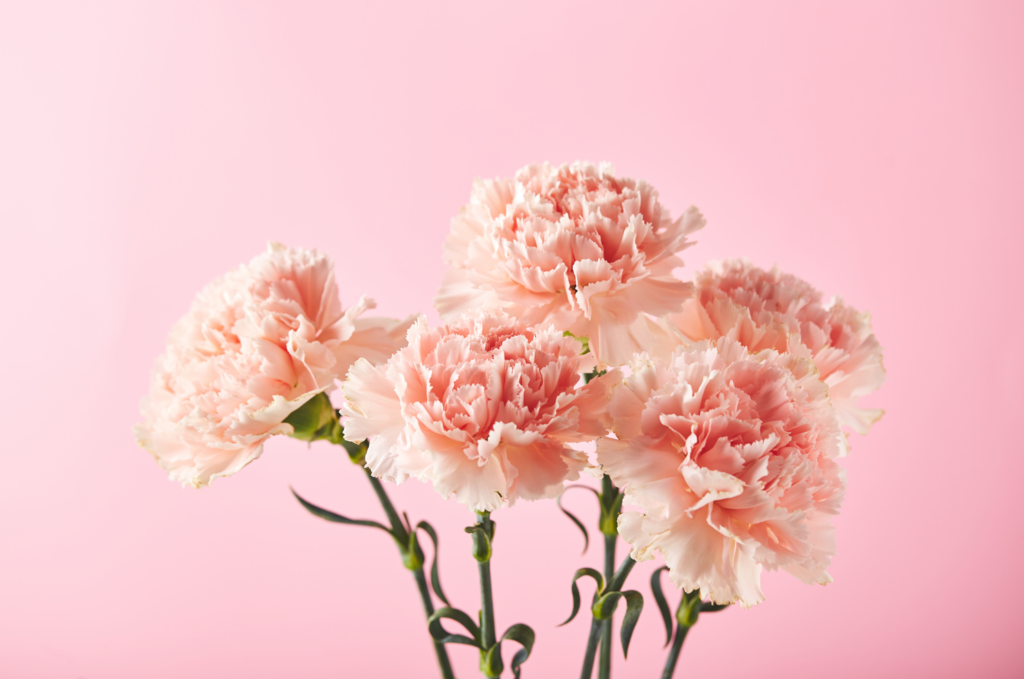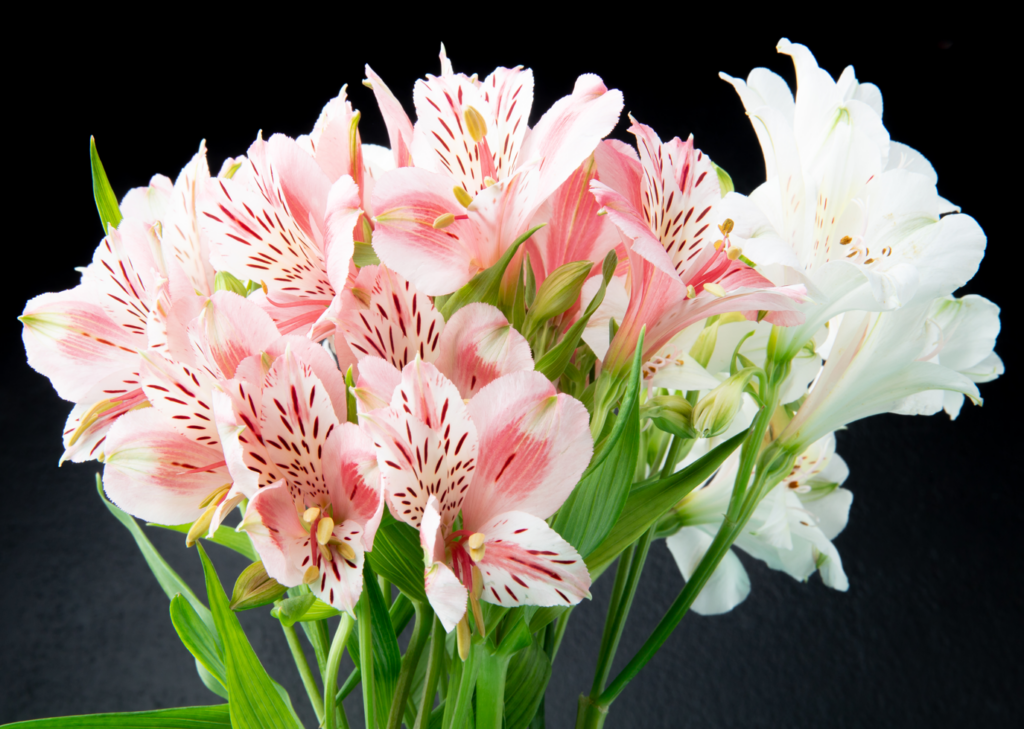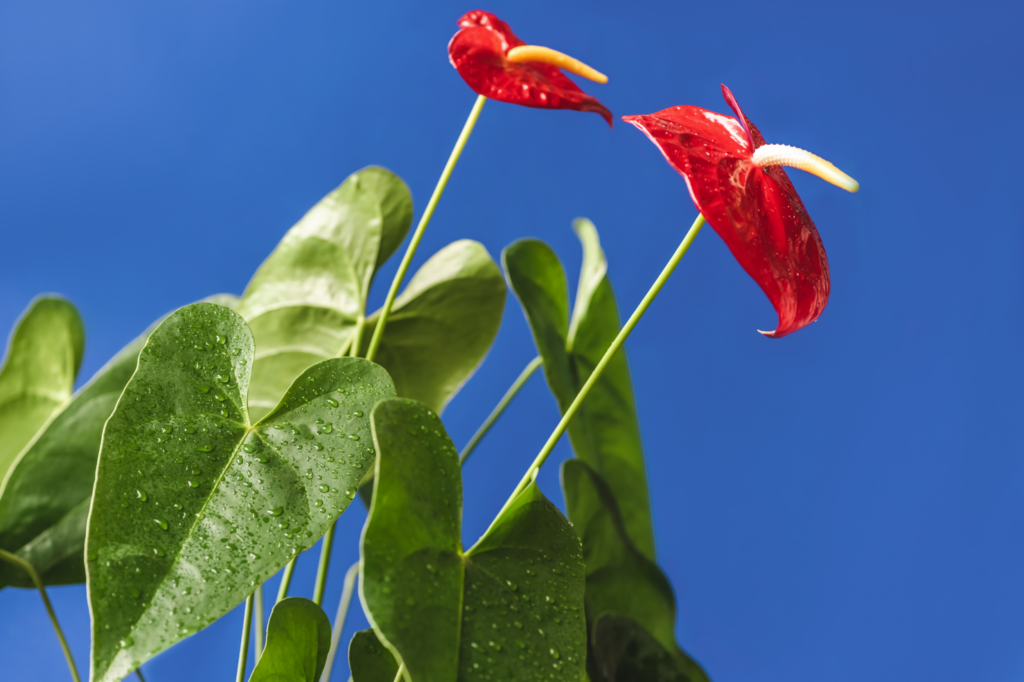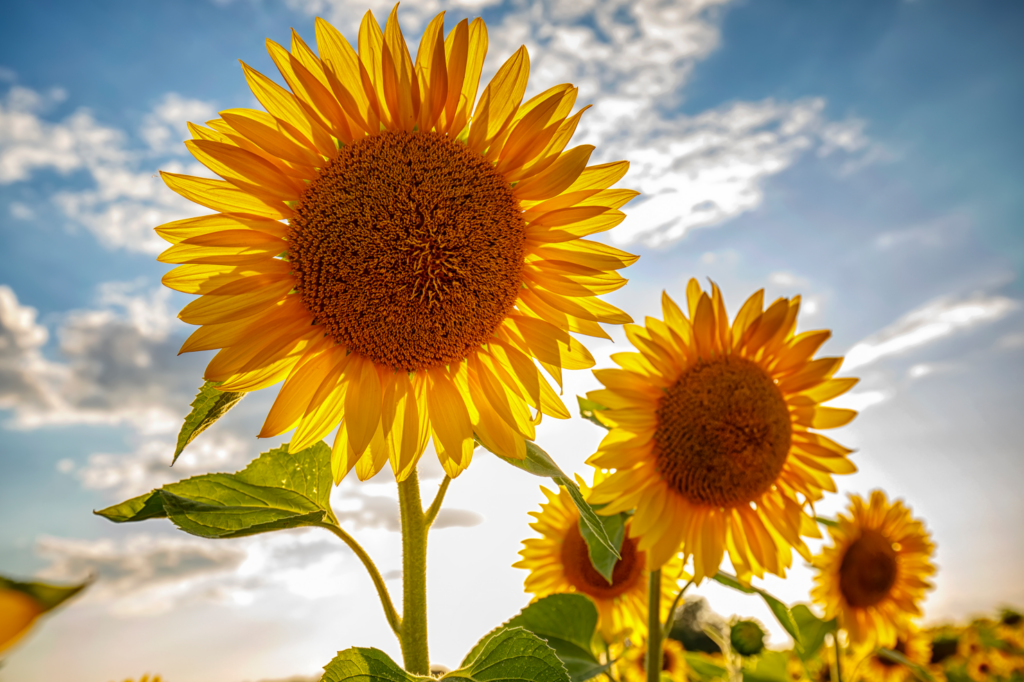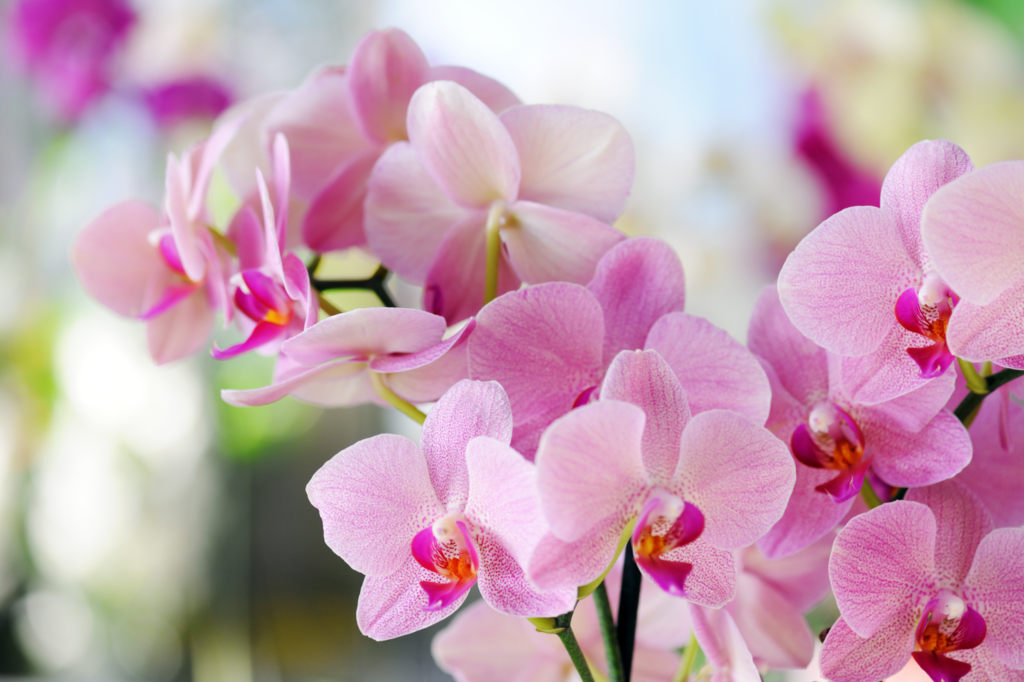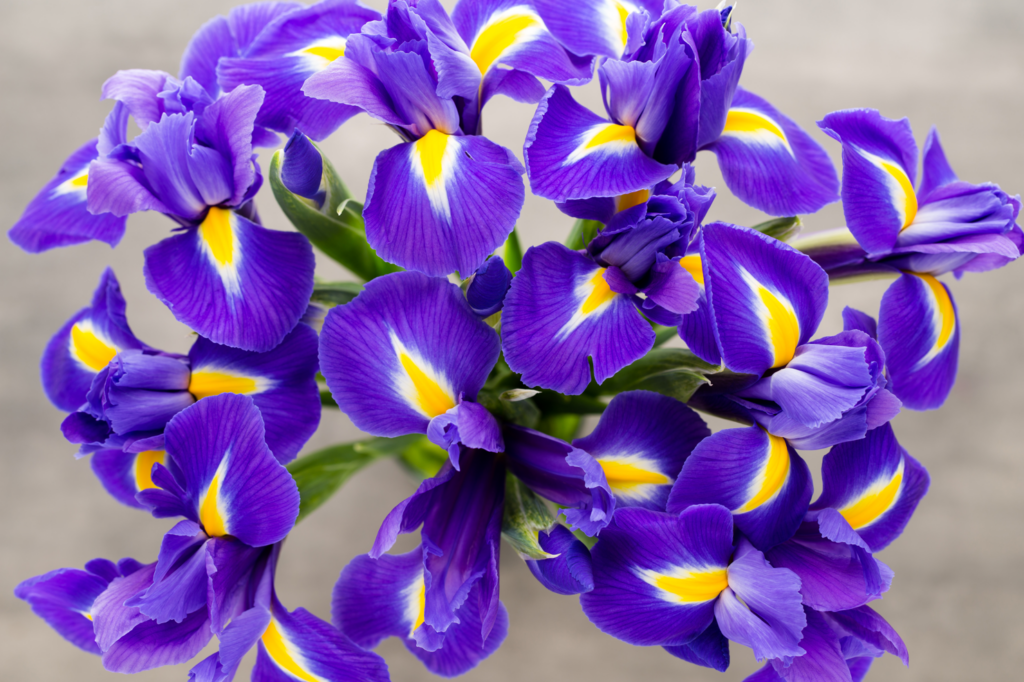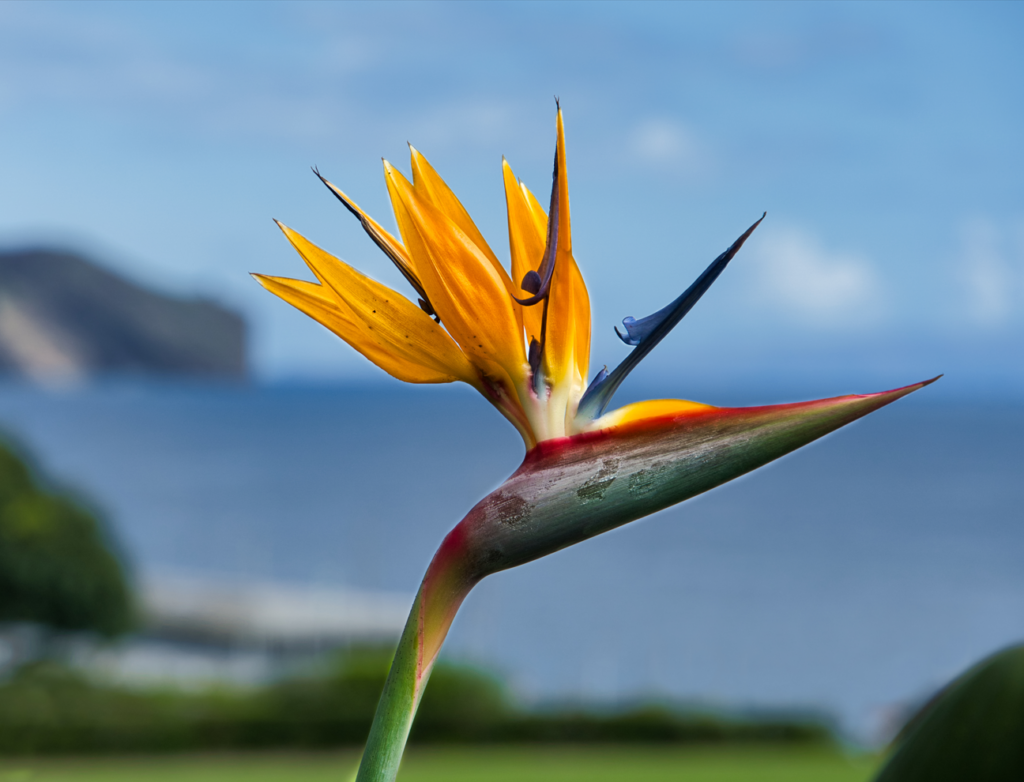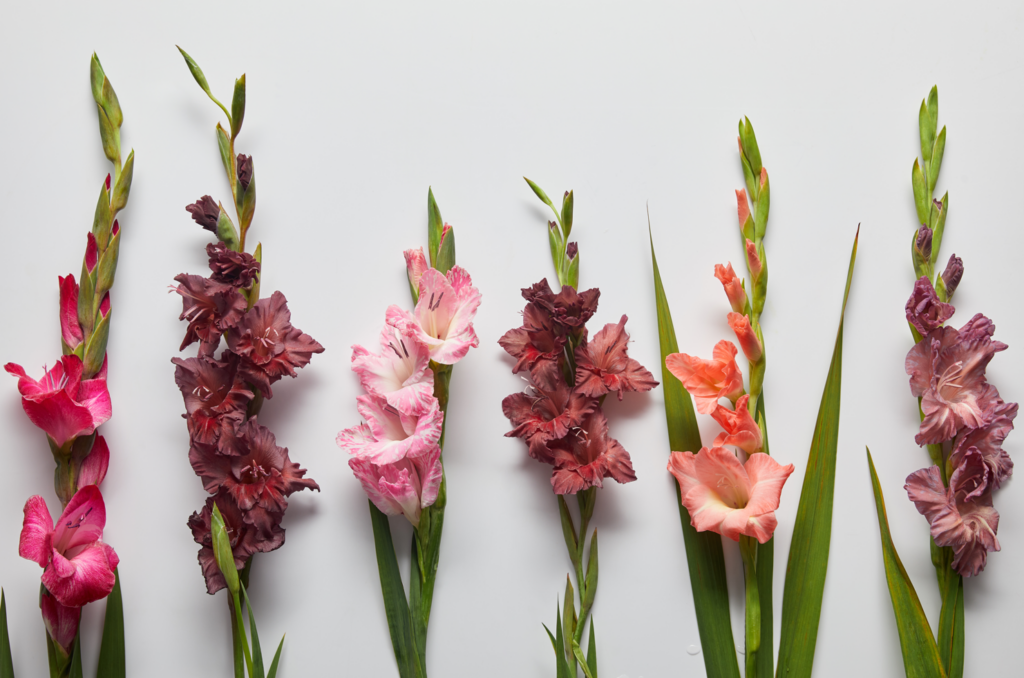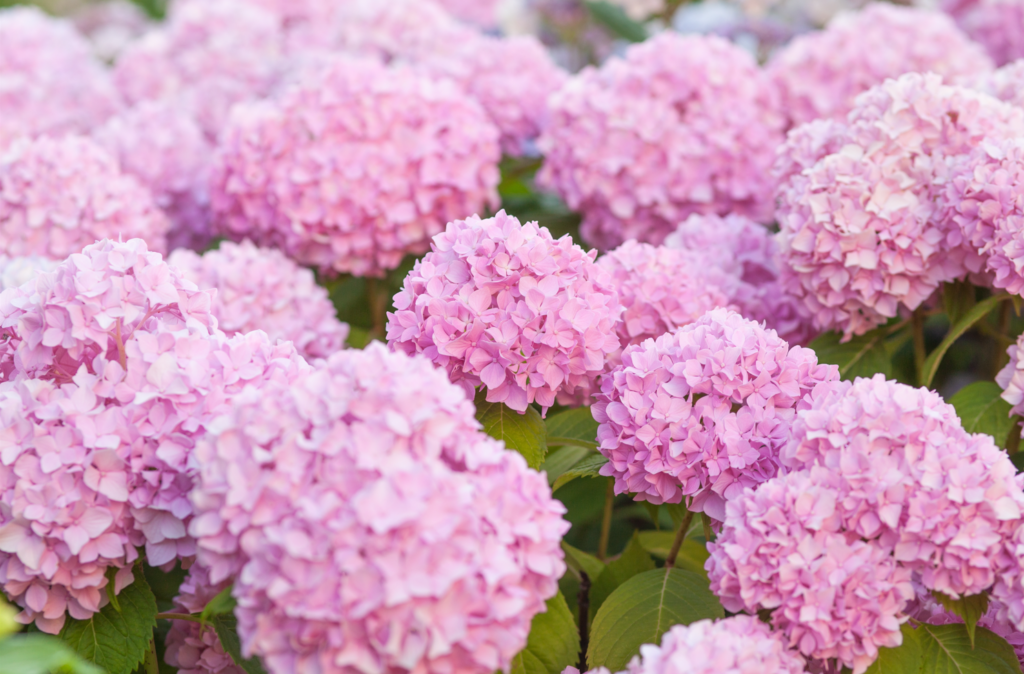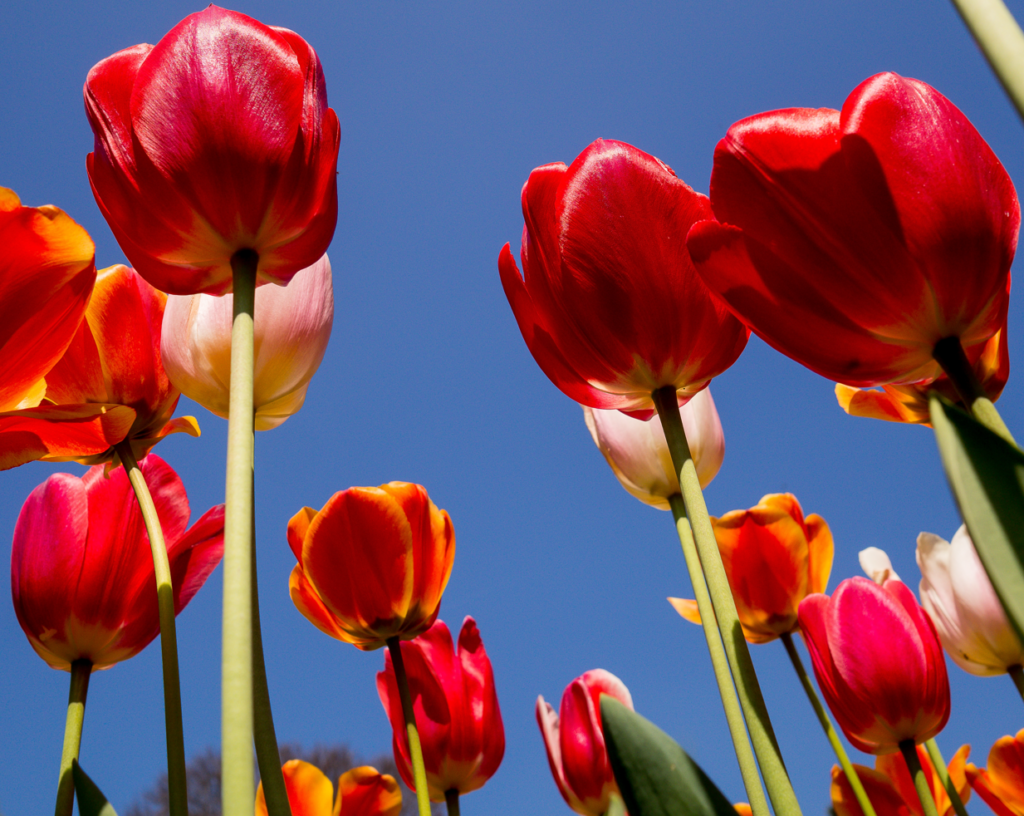The Language of Flowers

Flowers have long been a symbol of beauty and love, but did you know that they also have their own language? The language of flowers, also known as floriography, is the art of communicating sentiments and emotions through the selection and arrangement of blooms. This ancient tradition dates back centuries and has been used by various cultures around the world to express feelings that cannot be put into words.
Each flower carries its own unique meaning, therefore allowing individuals to convey specific messages without saying a single word. For example, a red rose signifies passionate love, while a yellow rose represents friendship. Similarly, a white lily is associated with purity and innocence, while a violet embodies faithfulness. By understanding the significance behind different flowers, one can create a perfectly tailored bouquet that conveys exactly what they want to express.
The language of flowers has been an essential part of human communication for countless generations, serving as a way to connect with others on a deeper emotional level. Whether it be the exchange of a single stem or an elaborate arrangement, flowers have the ability to convey sentiments that words often fail to capture. So next time you receive or give a bouquet, take a moment to appreciate the hidden meaning behind each bloom and the profound emotions they represent.
Daisy
Daisy, a delicate and charming flower, serves as a timeless symbol of purity, happiness, and new beginnings. Its white petals showcase an aura of innocence and virtue, capturing hearts with its simple yet captivating beauty. In the realms of Celtic and Norse mythology, the daisy bears great significance, representing the essence of motherhood, the nurturing of children, and the purity of the soul.
The daisy holds remarkable significance in various aspects of human life. Its representation of purity, happiness, and new beginnings resonates deeply with individuals. From its roots in mythology to its incorporation into joyful activities, the daisy continues to enchant hearts and evoke a sense of wonder and joy.
Rose
Roses hold immense significance in the realm of love and romance. For centuries, these flowers have been associated with deep affection and passion. Their enchanting beauty and captivating fragrance serve as a captivating symbol of love. Roses have become the quintessential gift to express emotions of the heart, making them an emblematic token of romance.
Furthermore, the various colors of roses possess distinct meanings and symbolism, further enhancing their significance. For instance, white roses are commonly associated with innocence and purity, making them a popular choice for wedding bouquets and for expressing deep devotion. On the other hand, yellow roses symbolize friendship and warmth, making them an excellent choice for expressing platonic affection and appreciation.
Carnation
The carnation flower is rich in symbolism and carries various meanings that differ based on its color.
Red carnations are often associated with deep love and affection, representing passion and admiration. They symbolize intense feelings and can be given as a declaration of love or as a gesture of deep affection for someone.
Pink carnations are commonly associated with fascination and distinction. They signify a gentle and affectionate love, conveying admiration and attraction. These flowers are often given to express feelings of admiration towards someone.
Striped carnations, with their vibrant and eye-catching patterns, convey a message of regret. They symbolize a mix of emotions, including regret and disappointment, and are often given to apologize or express remorse for past actions or mistakes.
White carnations are emblematic of pure love and innocence. They represent pure and sincere affection, making them a popular choice for weddings and other celebratory occasions as they symbolize purity, commitment, and loyalty.
Alstroemeria
This captivating flower has a rich history and striking appearance. Its common names, Peruvian Lily or Lily of the Incas, reflect its origin in South America as well as its delicate beauty that evokes the lily family. The significance of these names lies in the cultural heritage and symbolism associated with Peru and the Inca civilization.
Symbolically, the Alstroemeria is associated with friendship, devotion, and good luck. It is also seen as a symbol of wealth and prosperity in some cultures due to its lush appearance.
Today, the Alstroemeria is celebrated not only for its stunning appearance, but also for its longevity and versatility. With its vibrant hues and distinctive markings, it has become a favorite in floral arrangements and gardens around the world. It has also gained popularity as a cut flower, thanks to its ability to maintain its beauty for an extended period, making it a perfect choice for bouquets and floral displays.
Anthurium
The most distinctive characteristic of the Anthurium is its open flowers, which resemble the shape of a heart. These flowers, available in a range of colors including red, pink, yellow, and white, showcase a velvet-like texture that adds to their appeal. They are often used in floral arrangements and decorations to add a touch of elegance and romance.
Symbolically, Anthurium represents hospitality and abundance. The heart-shaped flowers are believed to bring luck and positive energy to the receiver. In some cultures, the Anthurium is also associated with love and passion, due to its vibrant colors and romantic shape.
The Anthurium is a fascinating flower that combines open, heart-shaped blooms with a tropical disposition. Its symbolism, vibrant colors, and alternative names make it a unique and eye-catching addition to any floral arrangement or garden.
Sunflower
The Sunflower is a cheerful and optimistic flower that radiates beauty and joy. With its bold yellow petals and bright center, this vibrant bloom brings a sense of warmth to any garden or bouquet.
These radiant blooms embody adoration and are often associated with friendship. Their vibrant yellow petals and towering stance mirror the sun itself, symbolizing warmth, happiness, and loyalty. Sunflowers are regarded as a universal symbol of admiration and convey a message of long-lasting adoration towards someone.
Symbolically, Sunflower represents loyalty, admiration, and long-lasting love. In many cultures, it is seen as a symbol of faithfulness due to its ability to follow the sun as it moves. Sunflower also stands for strength, endurance, and resilience, as it can survive even in the harshest climates.
Orchid
This a beautiful and exotic bloom symbolizes love, beauty, strength, and luxury. With its wide range of colors and sizes, it has become one of the most popular flowers in the world. The orchid family includes over 25,000 species of plants that are found in various parts of the world.
The name “orchid” comes from Greek mythology. According to legend , the goddess of love, Aphrodite, blessed a young man named Orchis with eternal life. The gods then transformed him into an orchid plant to honor his devotion.
Symbolically, the orchid is associated with beauty and perfection due to its delicate petals and captivating colors. Its strong stems and resilient blooms also represent strength and resilience in the face of adversity. In some cultures, the orchid is also associated with luxury and wealth due to its rarity.
The orchid is a stunning flower that carries a range of meanings in different cultures. From strength and resilience to beauty and luxury, this exotic bloom is sure to add an aura of elegance and sophistication to any setting.
Iris
This a stunning flower carries a wealth of symbolism and meaning. Its name originates from the Greek word for rainbow, reflecting its wide range of colors. These bold blooms come in shades of purple, yellow, blue, and white and are often used in bridal bouquets and centerpieces.
The most distinct feature of the Iris flower is its three petals, which represent faith , wisdom, and courage. In some cultures, this flower is also associated with faithfulness and hope. Symbolically, the Iris stands for new beginnings and a bright future as it is believed to bring luck to those who receive it.
The Iris is an enchanting flower that conveys a sense of hope and optimism. Its vibrant colors, distinct petals, and symbolic meaning make it an excellent addition to any floral arrangement or garden.
Birds of Paradise
Birds of Paradise are a unique and stunning flower that is often associated with exoticism and luxury. With its bright colors and distinctive shape, it is easy to see why this flower has become so popular in floral arrangements. Birds of Paradise come in a variety of colors, including yellow, orange, pink, blue, and white.
The Birds of Paradise is an exotic and eye-catching flower that is steeped in symbolism. From its bright colors to its distinctive shape, it is easy to see why this flower has been so popular throughout the ages. Representing joy, paradise, freedom, and good fortune, Birds of Paradise is the perfect addition to any floral arrangement or celebration.
Gladioli
Gladioli is a bold and striking flower that is often referred to as the Sword Lily. These long-stemmed and stately blooms are available in a range of colors, including white, red, pink, yellow, and purple. The most popular variety is the Gladiolus caryophyllaceaus, which features delicate ruffled petals and long sword.
Symbolically, Gladioli is associated with strength and integrity. The tall stems of the flower are believed to represent the inner strength of an individual, while its vibrant colors are thought to bring optimism and hope. This flower has also become a symbol of gratitude in some cultures due to its association with courage and victory.
In addition, Gladioli can be used as a token of remembrance. Its long blooms are said to represent the passing of time, while its vibrant colors symbolize a life well-lived.
Hydrangea
The Hydrangea flower holds significant symbolism as a gesture of sympathy in funerals and as a thoughtful gift for those who are grieving. Its delicate beauty and soothing aura provide a sense of comfort and support during times of sorrow.
Hydrangeas are known for their stunning characteristics. They boast large, round blooms, which range in colors from vibrant blues and purples to soft pinks and whites. Interestingly, the color of a Hydrangea’s blooms can change based on the acidity of the soil it is planted in. This unique feature adds to the allure of the flower, symbolizing the ever-changing emotions experienced when dealing with grief and loss.
Tulip
Tulips have a rich history, symbolizing love, royalty, worthiness, and beauty in various cultures. Originating from Persia and Turkey, these elegant flowers made their way to Europe in the 16th century, captivating the continent with their vibrant colors and unique shape. The name “tulip” itself is derived from the Turkish word for gauze, reflecting their delicate appearance.
Each color of tulip carries its own distinct meaning. Red tulips, for instance, represent true love and passion. Purple tulips symbolize royalty and elegance, while yellow tulips are associated with cheerful thoughts and sunshine. White tulips symbolize purity and forgiveness, and pink tulips are often given as a gesture of affection. With such a diverse range of meanings, tulips have become a popular choice for conveying sentiments and emotions.
Tulips hold significant cultural importance, being the national flower of Holland, Hungary, and Kyrgyzstan. In Holland, tulips are deeply embedded in their heritage and have become synonymous with the country itself. The Netherlands’ famous tulip fields and annual tulip festivals attract visitors from all over the world. Similarly, Kyrgyzstan celebrates its national flower through various festivals and events. Hungary also honors the tulip as part of its national identity.
The tulip’s history, symbolism, and cultural significance have made it a beloved flower across the globe. Its diverse range of colors and associations with love, royalty, worthiness, and beauty have cemented its place as a cherished flower in many cultures.
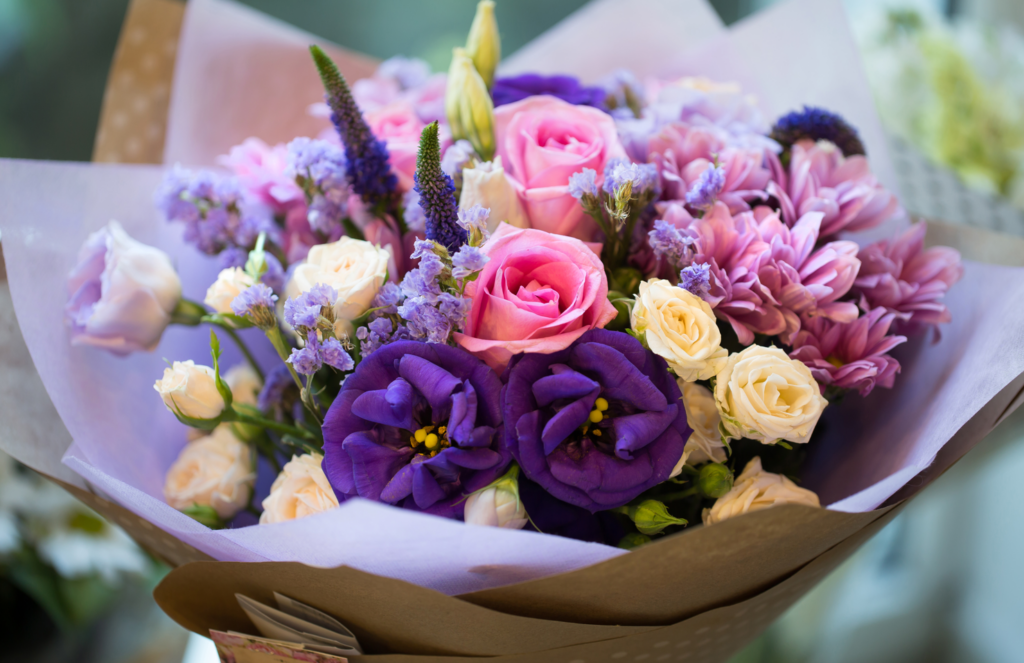
Flower meanings hold great significance in our everyday lives. The language of flowers, also known as floriography, enables us to convey emotions and messages in a beautiful and subtle manner.
Knowing the meanings of these flowers empowers us to choose the perfect bouquet for any occasion. Whether it’s to express love on Valentine’s Day, honor a loved one’s memory, or celebrate new beginnings, flowers have the ability to convey our deepest emotions when words fall short.
If you are looking to express a specific sentiment or emotion through flowers, such as love, remembrance, or purity, look no further than 416-Flowers.com. They offer a wide variety of exquisite roses, orchids, lilies, and more, ensuring that you can find the perfect bouquet for any occasion.
Now that you are equipped with the knowledge of flower meanings, you can confidently order the flowers that best suit your needs, knowing that each bloom carries a powerful message.
